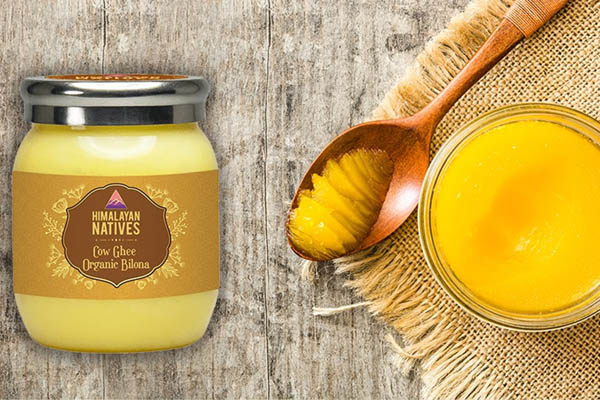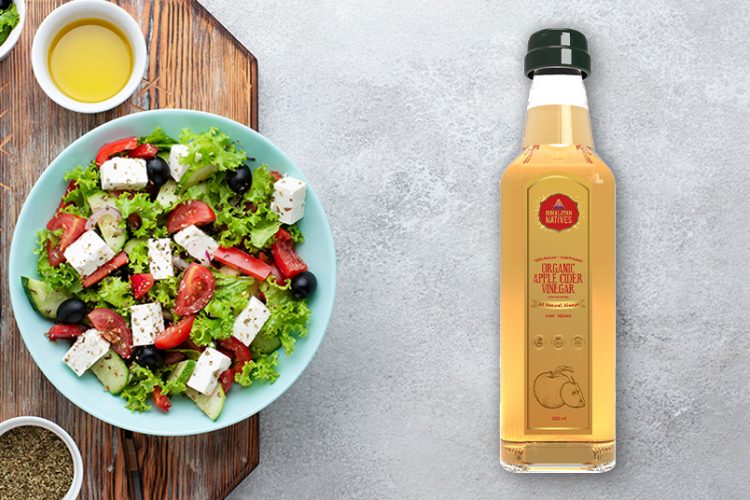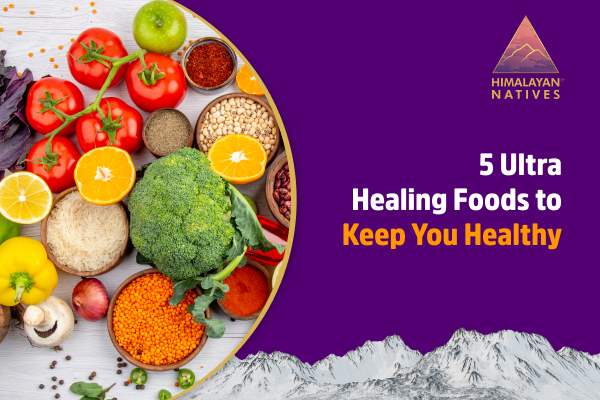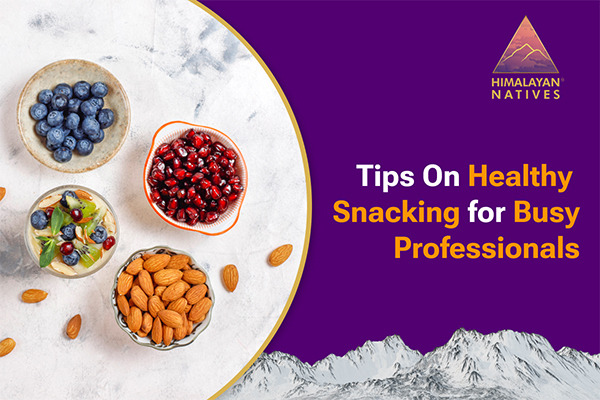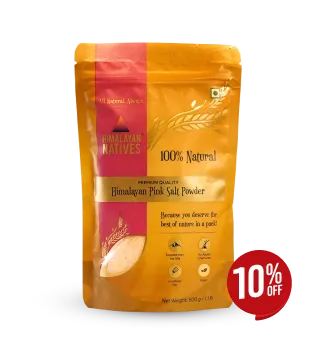
Ghee means clarified butter. It was commonly made in Indian households and now, it is manufactured using large-scale industrial processes.
It is extensively used in cuisines of Indian subcontinent & Middle East, traditional medicines of Ayurveda, and has special significance in Indian rituals.
Vitamin A, C, D, K & E are found in abundance in ghee. Antioxidants like vitamin E lowers the risk of cancer, arthritis heart problems, and cataracts. These benefits are just scratching the surface as more studies are being done to test the touted ‘mythical’ benefits of ghee.
However, given such established benefits of ghee, it is often looked at as unhealthy as we progress through time. Here, I share the purpose of writing this blog - to explore the possible reasons behind this changing perspective.
Raw material to make ghee
Ghee is made from milk from milch animals like cows, buffaloes, sheep, goats, camels, yak and even equine animals like horse and donkeys. There are a variety of factors which play in the quality of milk like the species of dairy animal, its breed, age and diet, stage of lactation, parity (number of parturitions), farming system, physical environment and season.
Ghee prepared from cow’s milk is considered the best as it is a good source of fat-soluble vitamins and healthy fatty acids. It improves the food absorption and lubricates the large intestines. Cow ghee and buffalo ghee are the most common variants available in the market. Both have their own benefits. We have extensively covered the benefits here. The variety of ghee we offer differs based on the animal (cow, buffalo, yak) we source milk from and the process adopted for ghee manufacturing.
There are more than 20 different breeds of cows found in various parts of India considered exclusively for the dairy sector. Different breeds have different yields of milk quantity per lactation. Top cow breeds recognized for milk quality include Gir, Sahiwal, Red Sindhi, Rathi, Ongole among others with yield ranging from 1000 to 2800 kgs per lactation period.
A2 gir cow ghee made using bilona method is widely considered as the best among different varieties of ghee available in the market. To understand why ghee made using bilona method is better in quality, refer to this blog. Gir cows are considered best among the desi cows preferred for dairy purposes in India. Dairy products from gir cows have a natural golden color owing to golden salts found unique to gir cows. Milk from gir cows have vitamins, proteins, minerals, amino acids, phosphorus, glucose, cerebrosides, strontyne, carotene with golden abstracts that are very helpful for our body.
Milk Logistics
Milk’s perishable nature presents a great logistical challenge. Milk is typically produced in widely dispersed rural areas by small scale producers and a large collection system has evolved over time. Milk is transported in milk cans and bulk tankers which should be suitable for effective cleaning and sanitization. Milk producers usually transport milk in cans which is further transported by intermediaries to processing plants. Advantage of transporting milk in milk cans is that milk from different producers are not mixed, avoiding the risk of spoiling good quality milk with low quality batches. Large-scale commercial dairy units transport milk in insulated bulk tankers to keep the milk cool, so that it does not get sour while they are transported to distant processing plants. Timely logistics is of utmost importance as there is a huge possibility of milk getting spoiled owing to its perishable nature.
Most of the private and cooperative dairies mix cow and buffalo milk as they do not have separate collection systems. So, packaged milk products are often a mixture of both. Pure cow milk is offered only by a few processors.
Milk Quality Control at the Plant
Milk is tested for quality at the processing plant before it is accepted for further processing. Milk’s chemical composition, antibiotics, hormones, preservatives, adulterants & levels of different microorganisms are tested using some of the below-mentioned approved tests.
- Taste & smell: In case of bulk collection, a sample of milk is tested for taste and smell. Milk with significant deviations in taste and/ or smell should be rejected.
- Cleaning checks: Farm tanks are carefully inspected for milk residues & pay is deducted as per the quality payment scheme.
- Resazurin tests: Resazurin, a blue color dye is added to the milk sample. The rate in change of color bears a direct relationship to the number of bacteria in the sample.
- Somatic cell count: More than 5,00,000 per ml of milk of somatic cells indicate cows are suffering from udder diseases.
- Bacteria count: In leesment method, bacteria is cultivated at 30 C for 72 hours in .001ml of milk sample with a nutritive substrate. The bacteria count is determined using a special screen.
- Protein content: Protein content is measured using infrared-based instruments. Dairies pay farmers as per the protein content.
- Freezing point: Milk of normal composition has a freezing point of -0.54 to -0.59 C. Adding water increases the freezing point.
The percentage of free fatty acid (as oleic acid) is a good indicator of ghee quality grades.
High grade ghee <1.4%,
General ghee <2.5%
Standard ghee <3%
Processes used to manufacture ghee
There are five different methods of ghee production adopted primarily based on the scale of production required. These are:
1. Desi method: 2 methods are commonly used to extract butter:
- lactic acid fermentation of raw or heated milk followed by churning of it into butter or,
- separation of clotted cream (malai) & its churning into butter.
Butter is then heated on a slow flame. A perforated ladle is used to continuously remove the layer of scum on top of melted butter. The heating is discontinued on complete removal of scum and froth, thus, getting clear fat (ghee).
Himalayan Natives’ A2 gir cow bilona ghee & organic cow bilona ghee is made using this method. Read more on how the bilona method works.
2. Direct cream method: In this method, cream is separated from milk using centrifugation. This cream is then heated to evaporate moisture. High fat cream is heated continuously with agitation to avoid burning at the initial stage. Heating is discontinued as soon as a brownish froth appears on the surface and the color of ghee residue turns to golden yellow or light brown. Ghee is then allowed to cool down. An oil separator is used for removing residue, then ghee is directly passed through the centrifugal separator.
3. Creamery butter method: Unsalted or white butter is melted. Molten butter is then heated in a ghee boiler using steam. Scum which forms on top is removed using a perforated ladle. Heating is stopped when curd particles turn brown. At this stage, temperature is adjusted & ghee is filtered using an oil filter into the settling tank.
4. Pre stratification method: Butter is produced from aged cream with 38 to 40% fat using continuous batch churning. This butter is melted and the molten butter is kept undisturbed at 80 to 85 C temperature. Three layers are formed. Top layer consists of curd particles and impurities. Middle layer consists of clear fat and the bottom layer consists of buttermilk serum with 80% moisture and 70% of solid non fats contained in butter. Bottom layer is carefully removed without disturbing the other 2 layers. These 2 layers are then heated. Curd is removed and the ghee is then subjected to the final clarification temperature.
5. Continuous method: There are two continuous ghee manufacturing processes:
- First process uses three successive stages of scraped surface heat exchangers followed by flashing into vertical vapor separators.Molten butter is pumped through successive stages.At the final stage, ghee is produced through a centrifugal clarifier which removes the residue.
- Centrifugal force in clarification and concentrator helps in concentration of fat and mechanical breaking of the fat-in-water emulsion. Heat is used to develop flavor and removal of traces of moisture.
Why is ghee adulterated?
Market price of ghee is almost three times that of edible vegetable oils/ fats. The supply of ghee, on the other hand, falls drastically short of, in India. This mismatch in the ghee prices and supply incentivises intermediaries to add adulterants like hydrogenated vegetable oil/ fats and animal body fat.
The adulteration of ghee often starts at the stage of milk itself by adding coconut, groundnut and other cheap oils.
The main difference between ghee & hydrogenated vegetable oils which renders it as a healthy/ unhealthy alternative is its fat profile and cholesterol content. Let’s look at the different types of fats and the proportions in which they are found in pure ghee and vanaspati ghee.
Unsaturated fats: Unsaturated fats improves blood cholesterol levels, eases inflammation, stabilizes heart rhythms and plays a number of beneficial roles. Monounsaturated (found in olive oil, nuts, avocados, pumpkin seeds) or polyunsaturated (found in flax seeds, walnuts, soybean / sunflower oils) are two different types of unsaturated fats. Desi Ghee contains about 30% monounsaturated fats and about 4% polyunsaturated fats while vanaspati ghee has upto 32% unsaturated fats.
Saturated fats: It is recommended that saturated fats be limited to less than 10% of total calories. Cutting back on saturated fats and replacing it with unsaturated fats, especially polyunsaturated fats improves good cholesterol level lowering the risk of heart disease. Both desi ghee and vanaspati ghee contain a similar content of 60-62% saturated fats.
Trans Fats: Trans fats are made by heating liquid vegetable oils in presence of hydrogen and a catalyst. Hydrogenated oils can withstand repeated heating without breaking down. This led to common adoption of hydrogenated oils in restaurants and the food industry. This is the most harmful fat type for heart health and blood vessels as it raises bad cholesterol and lowers good cholesterol, creates inflammation, creates insulin resistance. It is estimated that 2% of calories from trans fat consumed daily increases the risk of heart disease by 23%. Pure/ Desi Ghee contains 0% trans fat while vanaspati ghee contains upto 10% trans fat.
It is because of trans fat that desi ghee is recommended over vanaspati/ dalda/ hydrogenated ghee. Price differences of hydrogenated oils and its ability to give the right texture to ghee makes it a commonly used adulterant in ghee.
Checking for purity of ghee at home
Different tests can be used to determine the purity of ghee you consume at home. Following are some easy tests:
- Palm test: Ghee melts instantly on palm at room temperature
- Heat test: Pure Ghee when heated melts instantly and turns darkish brown
- Bottle test: Take a teaspoon of ghee in a transparent bottle and add a pinch of sugar to it. Shake the bottle vigorously and let it stand for 5 minutes. A red tint at the bottom indicates the presence of vegetable oil
- Double boiler test: Melt the ghee in a jar and refrigerate it. If there are 2 clear layers, it indicates the presence of oil
- Iodine test: add 2 drops of iodine to a teaspoon full of ghee. Purple color indicates presence of starch and that ghee should be avoided
Check out our instagram page for fun facts and benefits of ghee products offered by Himalayan Natives.
 HELPFUL0 people found it helpful
HELPFUL0 people found it helpful
Related Blogs
Subscribe to Our Blogs
and never miss on the latest update!







